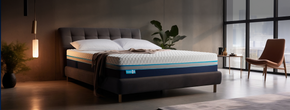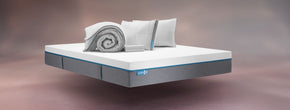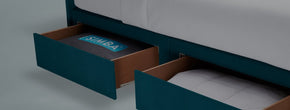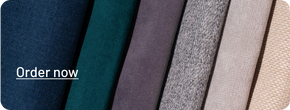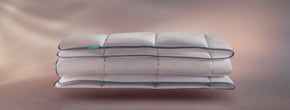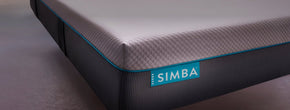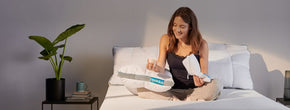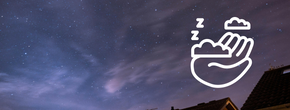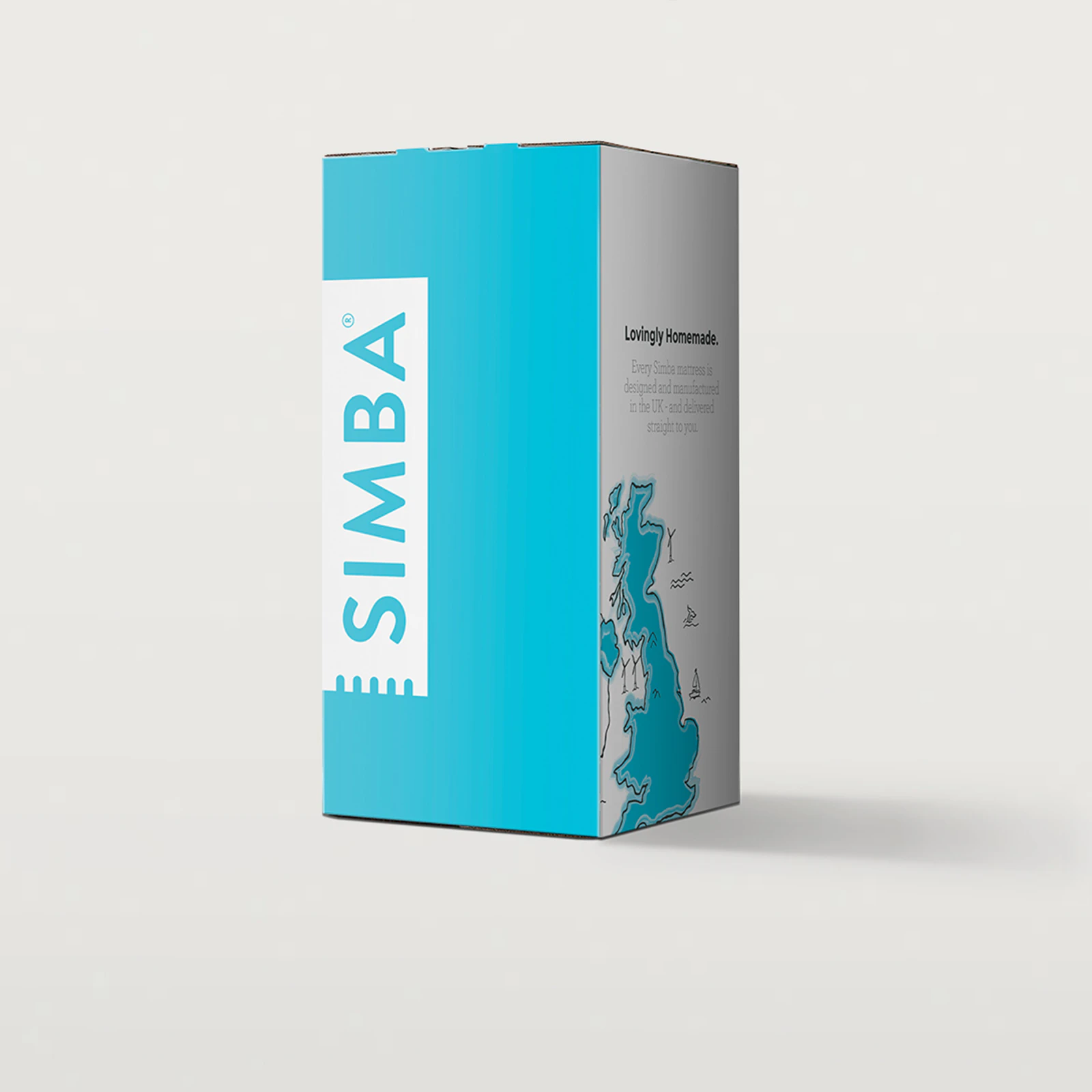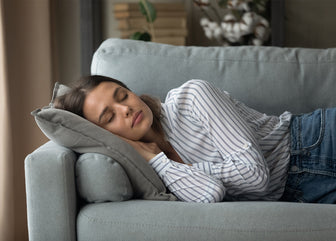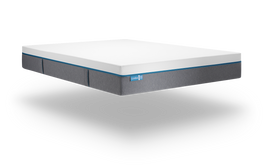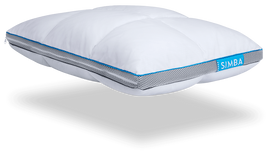Sleeping habits around the world
Despite all of our individual differences, there are some things that are the same the world over, including the need to sleep.
Without enough top-quality shut-eye, we set ourselves up for increased stress, impaired judgement, weight gain, and even potentially life-threatening illnesses. Yet what constitutes the ‘best’ way to manage your sleep schedule varies hugely depending on where you are in the world. In other words, when it comes to sleep: it ain’t what we do, it’s the way that we do it.
Sleeping statistics that hit home
In the UK, we’re all about a nice cup of tea. But the extra caffeine in our comfort cuppa could be keeping us awake, as research has shown that just 15% of British sleepers are getting enough ‘good’ sleep. We’re said to love sleeping naked, yet some studies have indicated that only around a third of Britons actually strip off for the night. However, there could be some benefits the rest of us are missing out on, like clearer skin, better circulation and regulated temperature.
If it’s overheating you’re worried about, our Simba Hybrid® Duvet with temperature-regulating Stratos® might be just the ticket.
Sleep in Japan
Japan, meanwhile, is much more grounded - literally. Traditionally, straw tatami mats were topped with a futon mattress. This style of bed is easier to move around and rearrange, and there is evidence to suggest it can improve back pain. (But did you know the Simba Hybrid can also be used on the floor?) Another custom is getting remarkably little sleep overnight, with the average Tokyo resident clocking up five hours and 45 minutes of slumber - significantly less than the recommended seven to nine.
On the other hand, Japanese sleeping patterns include power-napping anywhere and everywhere - even in the office - to make up for lost time. This custom is known as ‘inemuri’, meaning ‘to be asleep whilst present’, and is seen as evidence of working hard. At least it’s one way to clock up those all-important extra hours.
American sleeping habits
The USA, it seems, just cannot agree on a bedtime. In a 2016 study by fitness tracker Jawbone, Midwest and Pacific coastline counties hit the hay around 10:30pm ( we’ll have to give Clark County, Nevada a pass for bucking the trend - after all, no one’s turning down a Las Vegas all-night buffet). Eastern seaboard sleepers, meanwhile, didn’t turn in until after 11pm. And while we’re stateside, what’s with the gigantic beds? Forget doubles and queens, across the pond you can find mattresses up to nine feet wide - they’re known as Alaska King Beds.
What’s a siesta in Spain?
Siestas are midday naps which help workers escape the heat of the day and work later into the afternoon. Although the post-lunch nap is believed to have originated in Spain when farmers needed to escape the scorching midday heat, siestas aren’t just a Mediterranean habit. People in tropical countries such as Ecuador and Costa Rica also typically go for an afternoon doze. When taken regularly, these short but sweet snoozes are thought to contribute to a healthy heart and improved memory.
Nordic sleeping habits
New babies across Scandinavia, Iceland and beyond are swaddled in blankets in their pram, and popped outside for a nap - often in sub-zero temperatures. It’s thought that the fresh air and natural sounds help their development, and surveyed parents have claimed their tots sleep for longer than if they’re indoors.
How else do sleep habits differ around the world?
In 2013, a study by the National Sleep Foundation found some other interesting comparisons. All the Germans asked said they air out their bedrooms once a week or more, while only 61% of Americans do the same. Three quarters of Mexicans enjoyed the scents of lavender and jasmine at night, while the Japanese definitely weren’t fans. And Canadians, on average, are two-pillow people.
Want to find out which culture your sleep resembles? Researchers from the University of Michigan have a test that tells you. Don’t know about you, but we’re moving to the Netherlands!

